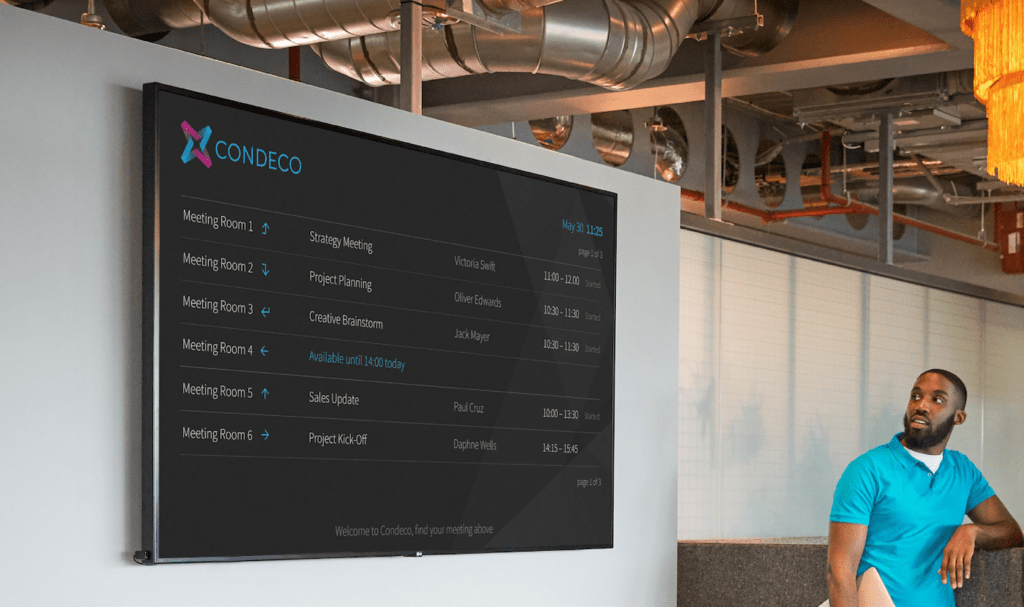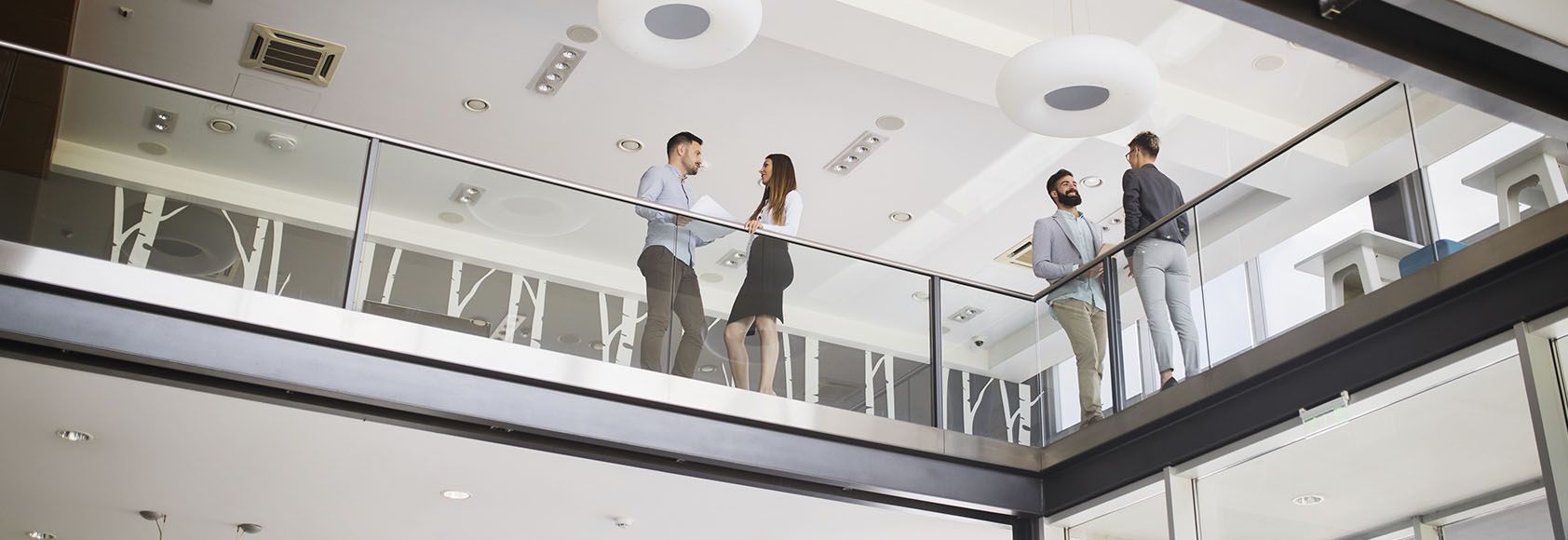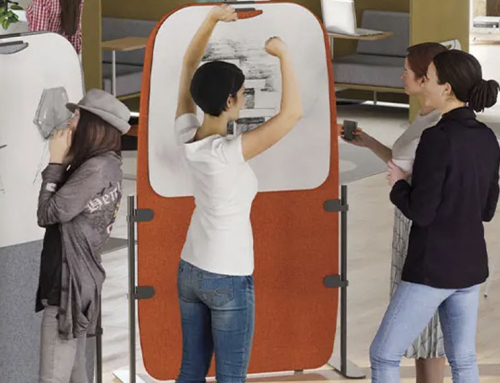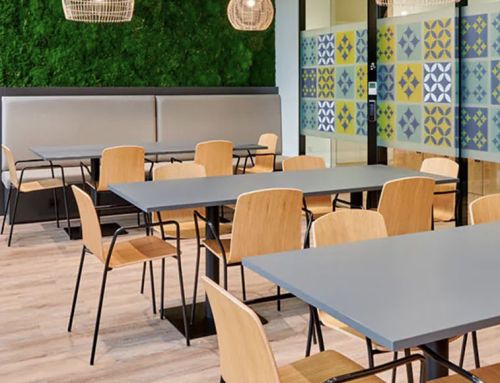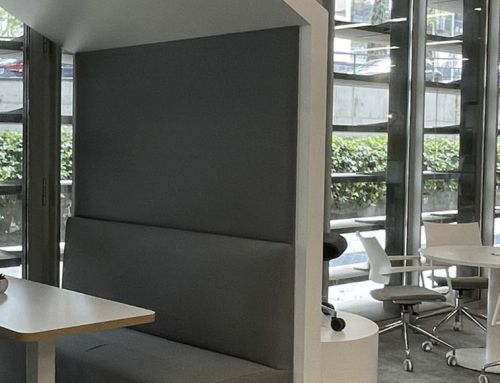Why is hot desking an increasingly familiar concept in offices? The emergence of the worldwide pandemic has revealed how, truly, people are the heart of companies. Since the beginning of the crisis, the first concern of all organizations has been to guarantee the well-being and health of their professionals.
In this way, one of the greatest challenges experienced so far in the workplace was launched: telework implemented on a massive scale and in record time.
The hot desking in the new reality
The new reality is producing irreversible changes in our way of thinking and working. And these changes have an impact not only on the design of the office, but also on the concept of the office itself and the functionality of its spaces.
The majority bet is to go towards a hybrid system, which makes work at home compatible with offices.
Therefore, the effects of this pandemic pose new challenges for office furniture manufacturers. Everything seems to indicate that the new work environments will be non-territorial and collaborative. With a wide menu of different workspaces.

Telework: types, advantages and disadvantages
Without a doubt, the phenomenon that is experiencing the greatest development is teleworking. Under its umbrella, various types of remote work are included: casual, at home, in satellite offices and totally mobile.
Occasional teleworking or “telecommuting” is the most usual way. It combines the traditional office with occasional work at home.
Teleworking at home: most of the time you work from home, making regular visits to clients or the company.
Teleworking in satellite offices, which may or may not be owned by the company. They can be for your exclusive use or shared with other companies. There are several types of satellite office. One modality is the “neighborhood office”: people who live nearby and who work for different companies create a joint office, sharing space, resources and expenses.
In another variant, it is the companies themselves that create satellite companies in strategic locations where many employees reside (“drop-in centers”). Another modality is business centers, where you can rent either offices or meeting rooms for hours, days or months.
Fully Mobile or tethered work. The worker doesn’t even have an office at home. Your office is your laptop and the files you keep in your car, as your workday is spent on the road or visiting clients.
Companies that have implemented one or more forms of teleworking often cite benefits such as increased productivity, cost savings and better use of infrastructure, or increased motivation. Workers, for their part, telework allows them greater flexibility and increases their quality of life.
But it also has drawbacks, linked to a lower presence of workers in the company. It can cause a worse transmission of corporate culture and a weakening of the feeling of loyalty and identification with the company. There is also the risk of a decrease in the quality of the results caused by the absence of direct control and interaction in the company.
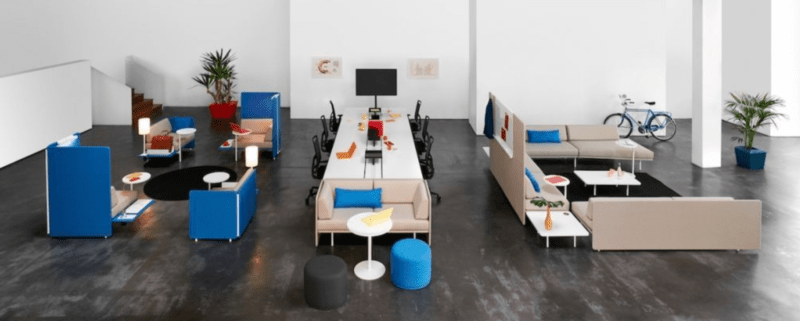
The office, the irreplaceable center of interaction
For this reason, the role of the office continues to be relevant due to its function as a center for communication and interaction between people.
According to the Ofita study “More than One”, before the pandemic we spent 60% of our working hours meeting or collaborating with others, and 40% of the operational positions were empty at any time of the day, due to remote work, labor flexibility and this rise of collaborative work.
Hot desking, a more rational use of space
Therefore, the new forms of work question the traditional ratio 1 worker = 1 job. It is useless to have 3000 m 2 in personally assigned offices if its occupants spend 3/4 of their time outside the office or in collaborative spaces.
For this reason, companies opt for a more rational use of space. The office is designed and distributed based on the actual presence of the workers and not on their absolute number.
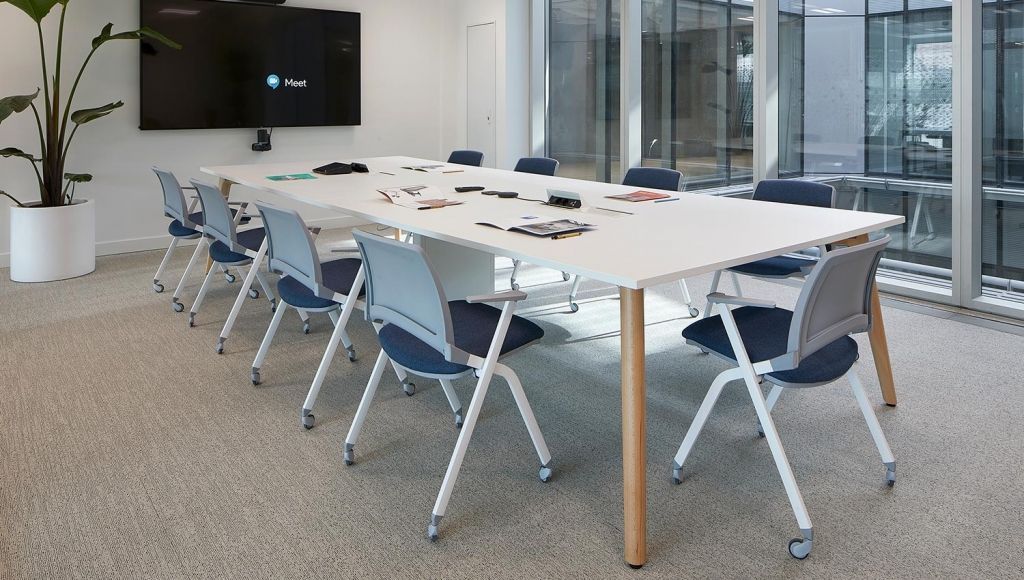
The trend is towards systems in which not only an individual workstation is shared as in “desk sharing”. This system is used in call centers, for example. The model that is imposed is to have access to a varied menu of workspaces that are not personally assigned to any person, but belong to all the members of the organization.
Thus, a part of the savings achieved by eliminating personally assigned jobs is increasingly being reinvested in an increase in leisure and relaxation areas and alternative work and communication spaces. Each space is designed for a specific type of work or work dynamic (concentrated work, teamwork, informal communication, confidentiality, etc.).
This system (“non-territorial offices”), in which everything belongs to everyone, allows considerable space savings, gives the organization greater flexibility and speed of adaptation and growth and supports the mobility of workers, their ways of work and your satisfaction.
The hot desking system is based on the premise that an office table will never be necessary for all employees at the same time: there will be people meeting in rooms, others visiting clients, others working from home or in an outside meeting. Or as a prevention and security measure, stop Covid, they will have different entry and exit times.
How are these common spaces managed? This is where the technological solutions for the reservation of spaces from Ofita and Condeco acquire value.
